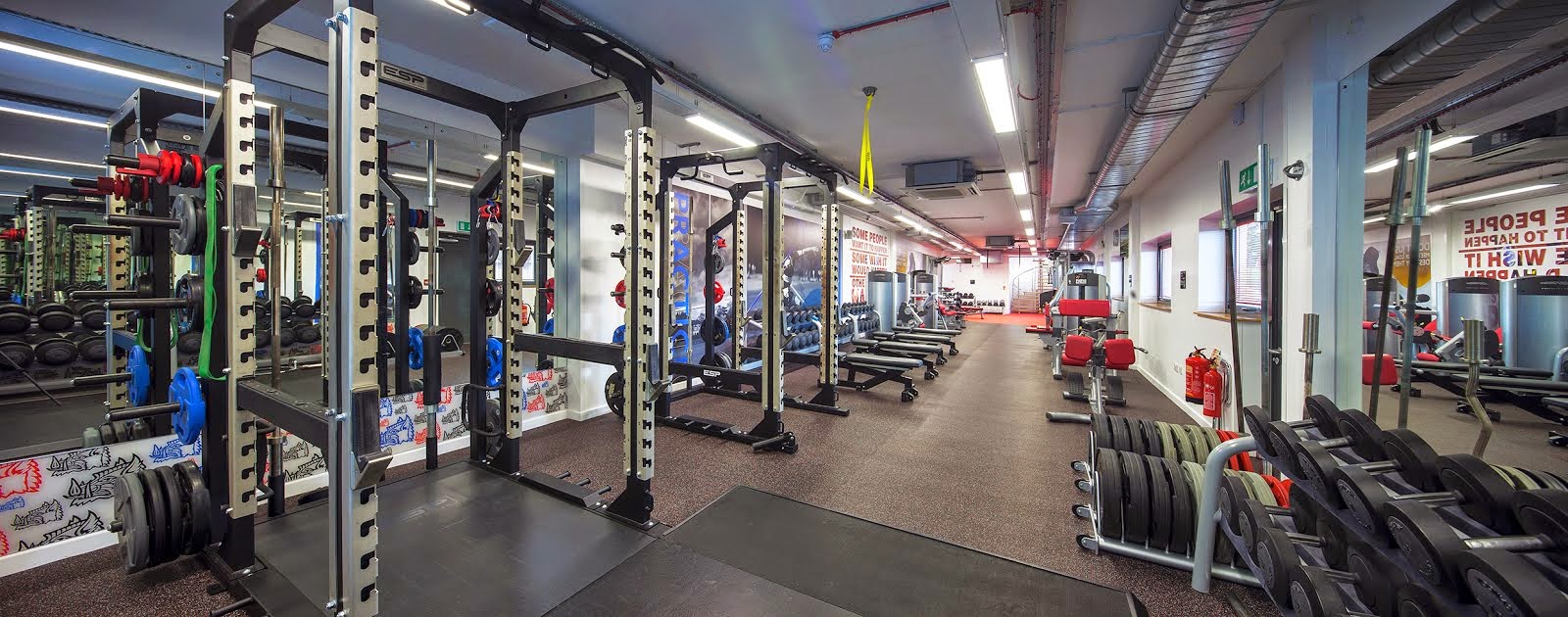-Here at the sports centre I run a nutritional course called Revive. At Revive, people often join the course to lose weight. Losing weight isn't the term we like to use. Instead we promote 'fat-loss'. If people lose inches, they don't care about the scales. If you maintain your weight and drop body fat, the weight you have maintained will be muscle. Muscle weighs more than fat, and it is important we build muscle for a number of reasons. This is something for a different post. The following are all reasons why you should up your protein intake for fat-loss:
Protein will fill you up.
Protein based foods take more time to break down and they therefore fill you up for longer. If a food is broken down quickly then you will feel hungry sooner. Satisfying your appetite is the key to any fat-loss programme.
Protein keeps your blood sugar levels steady.
Protein will also slow down the rate of digestion of other foods. If you eat certain carbohydrates, you get a rapid rise in blood sugar levels, followed by a dip or the 'sleepy' part of the day. However, combine any form of protein with this and you immediatiely slow down this absorbtion. If you often feel tired after lunch, reduce your carbohydrates and up your protein.
Protein is very low in calories.
Not only does protein fill you up, it is also lower than carbohydrates and fats, in regards to the calories it provides per gram:
Protein = 4
Cartbohydrates = 5
Fats = 9
For fat-loss you need to be reducing your overall calorie intake. If you are doing this without feeling too hungry then you are more likely to maintain your fat-loss goals.
Protein speeds up your metabolism.
A higher metabolism means we burn more calories at rest. Building muscle also raises our metabolism.
Protein promotes the release of the hormone Glucagon.
Glucagon promotes fat-burning. Carbohydrate promotes the release of Insulin, which is a fat-storing hormone. This doesn't mean that carbohydrates are bad for us, but it means you need to get the balance right.
Protein based food include the following:
Fish:
All fish is a fantastic source of protein. Fresh is best but tinned is great to have in the cupboard to add to meals or as a snack.
 Meat.
Meat.
Go for unprocessed natural meats. Organic/local produce is even better.
Dairy.
Eggs, cheese, Milk and yoghurt are all good examples. One of my favourites is cottage cheese for a quick and easy source of protein. Eggs are a great way to start the day. Try this simple recipe to combine both and add to a salad or small jacket potato:
Ingredients
2 hard boiled eggs
1/2 tub of cottage cheese
Sea salt
black pepper
(Add a little mustard for extra flavour)
Directions
1. Hard boil eggs and chop.
2. Mix in cottage cheese, mustard and season to taste.
3. You will have a high protein low fat egg salad in no time
Vegetarian options:
Quorn
Beans
Lentils
Soya
Dairy again (if not a vegan).
Start increasing your protein intake to your 3 meals a day. If you can also start to incorporate protein based snacks into your day then you will feel even better. Follow this and see how much more energy you will have, simply through controlled blood sugar levels.
I will leave you with some protein based snacks:
· Nuts
· Seeds
· Natural yoghurt
· Cold meats – a fantastic snack for weight maintenance, blood sugar levels and these are low in calories. An example is a chicken drumsticks, slices of ham etc.
· Cottage cheese with oatcakes or rice cakes.
· Protein shake
· Glass of milk
· Celery and peanut butter
ENJOY!!
Oli







